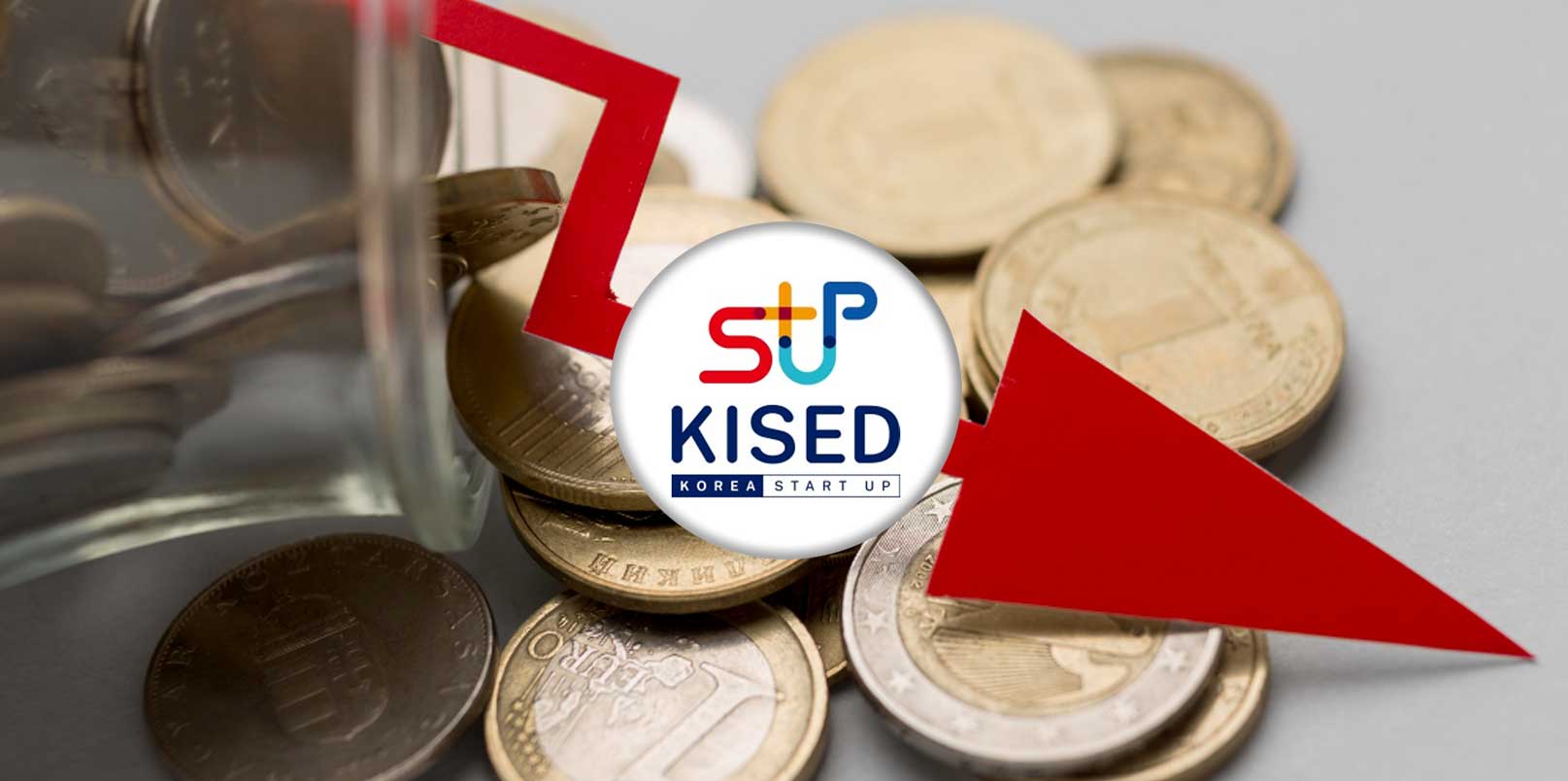In a move to improve fixed-cost relief for small businesses, South Korea’s Ministry of SMEs and Startups (MSS) has expanded the Burden Relief Credit program to include telecommunications and vehicle fuel expenses as eligible spending categories for Korean SMEs.
Ministry of SMEs and Startups Expands Burden Relief Credit to Close Support Gaps
The update, announced on August 6, is designed to address long-standing limitations in the program’s accessibility, particularly for SMEs operating in multi-tenant commercial buildings.
The Burden Relief Credit is a ₩500,000 (~$385 USD) digital subsidy distributed to eligible small business owners to offset operational expenses. Previously, the credit was limited to essential public utility bills and social insurance premiums.
With the expansion, the total number of approved spending categories rises from seven to nine, broadening its practical use across the SME landscape.
Fixed-Cost Coverage for Korean SMEs Now Includes Telecom and Fuel
Until now, small business owners could only apply the credit toward:
- Electricity, gas, and water bills
- National Pension contributions
- Health Insurance premiums
- Employment and Industrial Accident Insurance
Following the August 6 policy revision, telecommunications bills and fuel purchases for business vehicles are now officially included. This change responds directly to feedback from small business operators who had difficulty applying the credit toward actual expenses due to system limitations.

“There had been ongoing criticism that the credit was difficult to use due to its limited applicability to utility bills,” said Hwang Young Ho, Director of the Small Business Management Support Division at the Ministry of SMEs and Startups. “By expanding eligible spending categories, we aim to close support gaps—especially for small business owners in shared commercial buildings who were previously excluded from the program.”
Why the Change Matters: Shared Buildings and System Barriers
One major obstacle was faced by SMEs leasing units in multi-tenant buildings, where utility costs are bundled into management fees paid to building operators. Because these operators were not registered as official credit merchants, businesses couldn’t use the Burden Relief Credit even when their utilities qualified.
While the new policy does not yet solve the reimbursement issue in bundled utility billing, the MSS is reviewing ways to verify and reimburse the utility portion of management fees, possibly through invoice breakdowns.
How to Use the Burden Relief Credit in Korea
The credit is issued as digital points (up to ₩500,000 per recipient) to cards registered by the business owner. It is available to SMEs with annual sales of under 300 million KRW.
No supporting documents are required to apply—an intentional simplification aimed at reducing the administrative burden, particularly for operators of small or shared premises.
Since applications opened on July 14, over 2.66 million businesses have applied, and 2.15 million have already been approved.
As of August 4, approximately ₩1.03 trillion KRW—about 65% of the total ₩1.566 trillion KRW budget—has been distributed.
- Application deadline: November 28, 2025
- Usage deadline: December 31, 2025
- Early closure is possible if the budget is exhausted.
- Official site: https://credit.sbiz24.kr/
Unused balances after the deadline will be reclaimed by the national treasury.
Digital Subsidies in Korean SME Support Strategy
This update reflects the Korean government’s broader strategy to use digitized financial tools to strengthen SME sustainability in the face of persistent cost burdens. By embedding flexibility and simplifying access, the Burden Relief Credit serves as a practical complement to more formalized grant or loan programs.
While the initiative is not new, its ongoing iteration in response to real operational bottlenecks signals a shift toward more agile policy execution in South Korea’s small business support system.
As digital adoption and economic pressure converge, programs like this one—when well-designed—can become vital lifelines for Korea’s smallest but most numerous employers.
– Stay Ahead in Korea’s Startup Scene –
Get real-time insights, funding updates, and policy shifts shaping Korea’s innovation ecosystem.
➡️ Follow KoreaTechDesk on LinkedIn, X (Twitter), Threads, Bluesky, Telegram, Facebook, and WhatsApp Channel.






